Dramatic Encounters Await in the Central Region’s Largest City
2020/12/25
Nothing is more precious than freedom and independence,” said Ho Chi Minh, a revolutionary who devoted his life to the cause of Vietnamese independence. After making many sacrifices to gain this independence, Viet Nam has achieved remarkable development since the end of the war. The country is long and narrow from north to south, with the political and cultural center of Hanoi in the north and one of the largest cities in Southeast Asia, Ho Chi Minh City, in the south. And in between is the ship’s port of call Da Nang, the largest city in central Viet Nam. In the past, Hanoi and Ho Chi Minh City were the two most popular cities for visitors, but nowadays, the appeal of this central city has become widely known, and direct flights from Japan are now available. We will take a closer look at the charms of this city through programs that can only be experienced on a Peace Boat voyage.
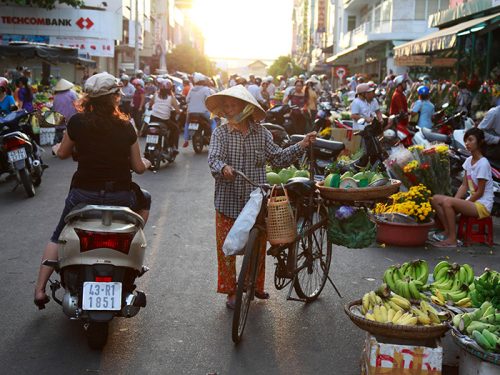
Exploring the market, the kitchen of Da Nang
Da Nang is a city built at the mouth of the Han River, which flows into the South China Sea. Upon arrival at the port city you will be enveloped in the humid air typical of Southeast Asia. Then heading out into the city, you’ll be surprised to hear the motorcycle horns blaring from everywhere, synonymous with Viet Nam. Yet these horns are not saying “Move over!”, rather, they are just making it known that they are there. While this may seem noisy at first you will soon get used to it. First, led’s head to the market, the kitchen of the local people and a tourist attraction.
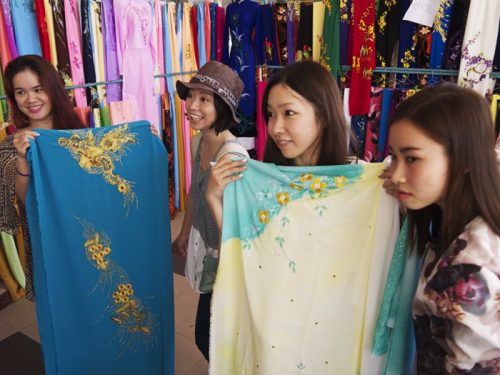
When you enter the market, you will be overwhelmed by the displays, or rather, the amount of products piled up haphazardly. In addition to vegetables, fruits, and other foodstuffs, you will find clothing, daily necessities, and Vietnamese goods that are perfect for souvenirs and home use. One of the most eye-catching items is the ao dai, the beautiful Vietnamese folk costume. This traditional dress that is especially popular among women, and the Vietnamese style is to wear it in a way that shows off the lines of your body. For this reason, custom-made clothes are recommended instead of ready-made clothes sold in the market. When Peace Boat makes a port call, a special venue is set up where participants can select the fabric of their choice and have it made to nearly 20 tailored measurements.
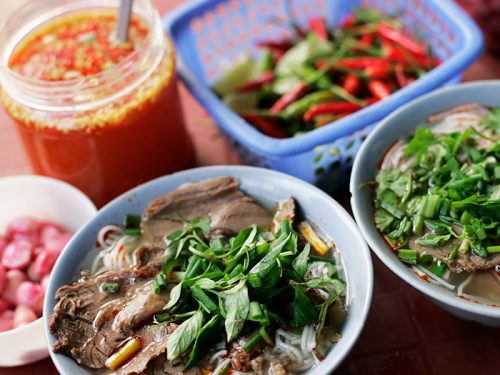
Vietnamese cuisine at its finest
Vietnamese food is also a must when walking around the city. Pho, a noodle dish made from rice flour, is the national dish of Vietnam. There are different toppings and flavors depending on the restaurant, such as beef pho and chicken pho, just like ramen. In addition, there are many other dishes to try, such as Cha Gio (fried spring rolls), Goi Cuon (fresh spring rolls), Banh Mi (sandwiches), and Banh Xeo (Vietnamese savoury pancakes). All are authentic, and the taste of them at a food stall is exceptional. After your meal, be sure to have a cup of Vietnamese coffee, characterized by its sweet and rich taste.
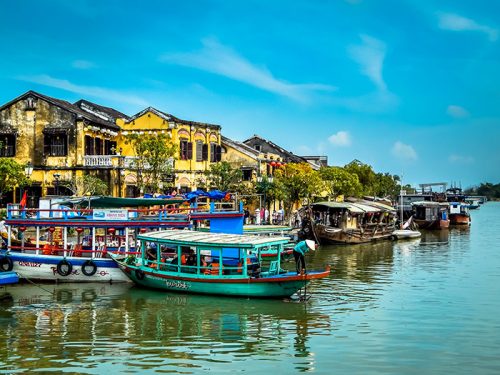
To the World Heritage Town of Hoi An
We spend about 45 minutes driving out of the city of Da Nang. Leaving the hustle and bustle of the city, the countryside on either side of you will remind you of a bygone era. the destination is Hoi An, a UNESCO World Heritage Site registered town. Hoi An once prospered as an important port on the maritime Silk Road, and many Japanese visited the city in the early Edo period. As well as Japanese and Chinese quarters, many Portuguese and Dutch-derived buildings remain, filling the town with a nostalgic atmosphere. You can enjoy the atmosphere of Hoi An just by walking around the city, but riding on a three-wheeled cyclo is another great way to explore.
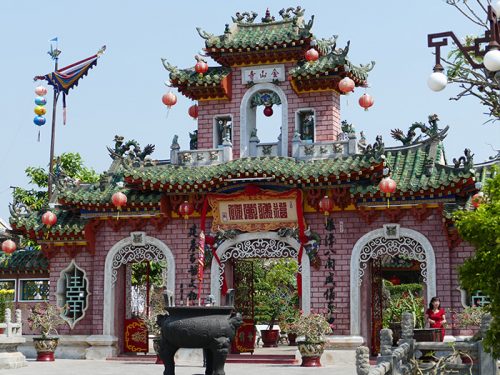
The Old House of Phuong Hung is a must-see in Hoi An. This old house has a history of more than 200 years, in a fusion of architectural styles from Viet Nam, China and Japan. Other numerous buildings also convey the history of the town, such as the atmospheric Japanese Covered Bridge and the beautiful Chinese architecture of the Assembly Hall Of Fujian Chinese. In addition to visiting the buildings, taking a look around the many stores selling Vietnamese pottery, silk goods, and embroidered paintings is another fun thing to do. Although it is close to Da Nang, you can enjoy a completely different cityscape.
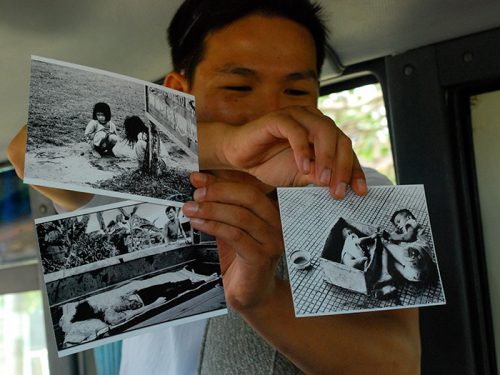
The Scars of the Vietnam War
It may be hard to imagine from today’s peaceful state, but during the Vietnam War, the largest US military base in southern Viet nam was located in Da Nang, and it was here where defoliants were used and stockpiled. These agents, which contained the poisonous dioxin, had an enormous impact, including damaging the genes of many people leading to effects still strong today, even after generations. Innocent children born after the war have also been affected. During Peace Boat voyages, we offer programs to examine this history and its legacies, including visiting organizations that support people living with disabilities, war sites, and learning about the scars of the Vietnam War.
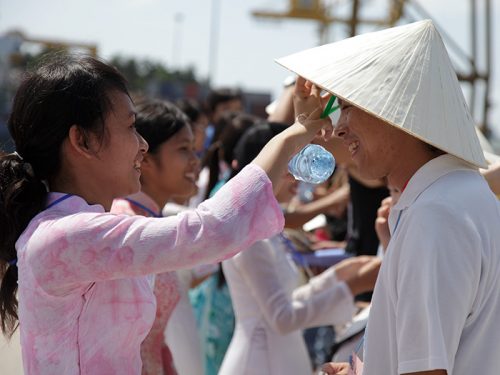
Meeting New Friends
Peace Boat was the first passenger ship to enter Da Nang after the war. Although the area is now lined with resort hotels, at the time the area was still a small fishing village. Since these early visits, Peace Boat has been organising on each voyage a “Great Exchange with Vietnamese Youth,” a program now with a long history. Local youth prepare for months for the visit, eagerly awaiting the arrival of Peace Boat and its participants. On the day the ship arrives in port, participants and local young people are grouped together to explore the town, enjoy meals and shopping together. And when the ship leaves port, there are people both on board and on land with tears in their eyes as they say goodbye to their new friends. Dramatic encounters await you when you visit Da Nang on a Peace Boat voyage.
